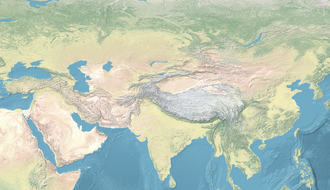Pax Gupta or Pax Guptana (Latin for "Gupta Peace", modelled after Pax Romana ) is a historiographical term sometimes used to describe the social and economic peace in the regions under the Gupta Empire between 4th and 5th centuries CE, notably in the Indus Valley and Northern India. [1]

